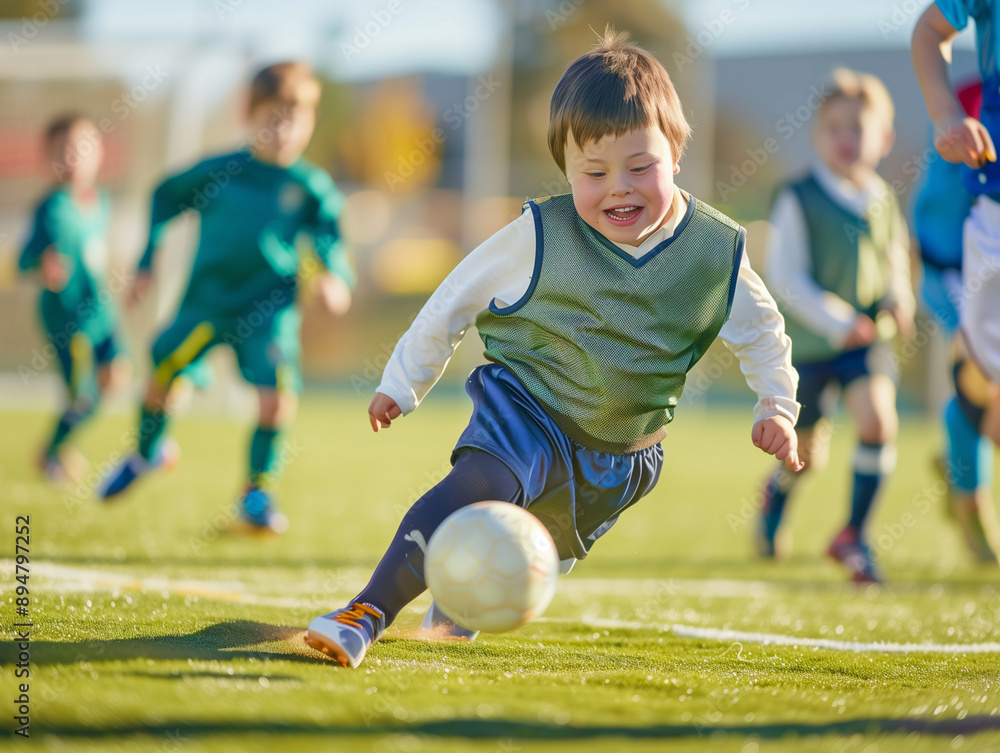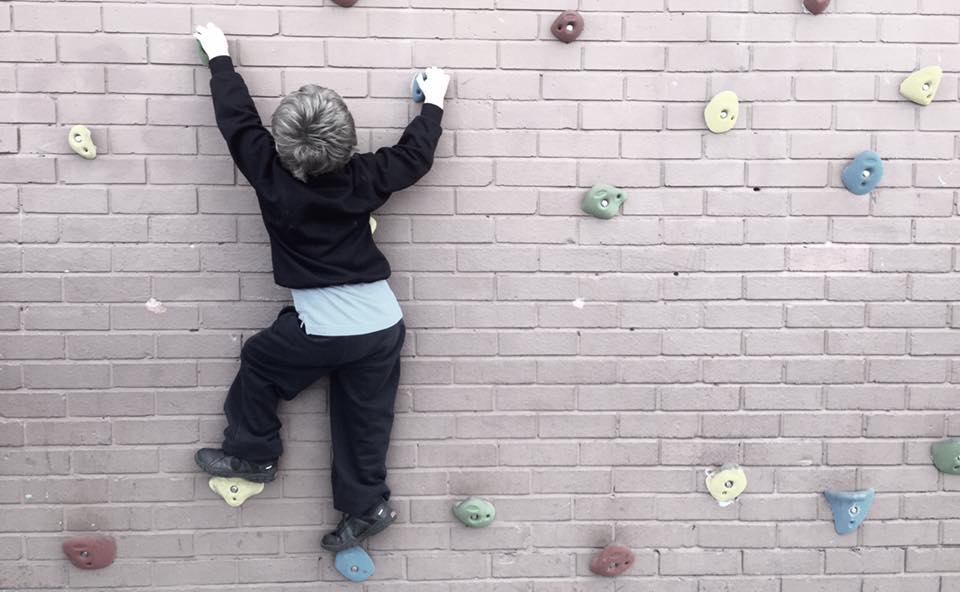The effect of Exercise on humans
Exercise done right has so many benefits for the human organism it is impossible to list them all in one page. Unfortunately, the word exercise has come to mean so many things that it is not completely clear what exercise is and is not.
The word exercise has also become divisive to many which is a shame because in reality it is just like food in that we require food to live and without it our lives suffer. Yet there are so many types of exercise and ways of exercising that, like food, It is easy to get confused about what is good for you, or bad for you, at any one time.
In this topic, I wanted to explore exercise in its own right to clarify some things and show how complex this topic is. My hope is that, just like food, exercise becomes something that you explore and learn about throughout your life as you learn how to exercise well and develop good habits.
Exercise as medicine
Exercise is medicine when carried out as nature intended. Evolution is an amazing force because it has made our natural habits into activities that nourish us. Take walking for example, this is such a simple natural act that we take it for granted but without. For example, in Holiday adventures in Weymouth (Day 2) I explain how our bones adapt to movements such as walking but getting stronger and even changing shape to better adapt to the loads placed on them. In this way, our organism as a whole listens to and responds to our actions and ends up working like medicine to keep us strong.
Study the courses
The effect of Exercise on humans
Get fit with Simple daily activities
Energy Matters: the secrets of fat loss
Obesity: What You Can Do
How exercise combats Heart Disease, Insulin Resistance and Diabetes
How Exercise Improves Heart Disease Risk
Further references
- How exercise may be the ‘most potent medical intervention ever known’ Puts together much of the recent research with the old. Very short and wide ranging.
- Cardiovascular Adaptive Homeostasis in Exercise Explains how exercise helps with Homeostasis and balance.
- homeostatic range in response to exposure to sub-toxic, non-damaging, signaling molecules or events, or the removal or cessation of such molecules or events.” (Davies, 2016). I propose that one of the most significant examples of adaptive homeostasis may be the adaptation of the cardiovascular system to exercise training
- Physiological Function during Exercise and Environmental Stress in Humans—An Integrative View of Body Systems and Homeostasis A review of the effects of exercise on whole body homeostasis
- Insulin Resistance: Linked to Over 30 Diseases and Premature Death in Women
- Integrative Biology of Exercise Review of the homeostatic impact of exercise on the body.
- offers perspectives on the mechanisms by which muscle “communicates” with other organs and mediates the beneficial effects of exercise on health and performance.
- Exercise and obesity: Tracy J. Horton and James O. Hill Cambridge University Press
- reviewa the metabolic effects of exercise, specifically with respect to energy and fat metabolism, and how this may relate to the long-term control of body weight
- Physical activity and behavioural medicine. I have the book.
- From Research to Reality: The Evolution of Physical Activity Insights – Professor James F. Sallis (Pt1)
- James sallis explains the basis behind the book I have and all the challenges I have faced.
- He explains the challenges researching and promoting physical activity. With funding and coordination with industry.
- He puts physical activity as the most important benefit that gets no respect or support and even helped with preventing mortality in covid survivors.
- From Screen Time to Green Time: The Global Push for Physical Activity – Professor James F. Sallis (Pt2)
- Part 2 of James Sallis conversation he has been researching for over 40 years and with his other episode and his book I need to use this in lifestyle introduction. Exercise and pressures.
- From Research to Reality: The Evolution of Physical Activity Insights – Professor James F. Sallis (Pt1)
- Zoe podcast. Exercise before or after a meal? The analysis covers everything I learnt at uni about insulin, glucose etc. the analysis confirms and summarise everything we know. It’s short and straightforward
- The Theory That Men Evolved to Hunt and Women Evolved to Gather Is Wrong: An interesting article using modern and past evidence to show a more balanced and nuanced view on the effects of exercise on each gender and also the abilities each gender has.
- Neandertal females and males do not differ in their trauma patterns, nor do they exhibit sex differences in pathology from repetitive actions. Their skeletons show the same patterns of wear and tear
- Observations of recent and contemporary foraging societies provide direct evidence of women participating in hunting
- Effect of exercise on Extracellular vesicles
- FedEx for your cells: this biological delivery service could treat disease Researchers want to know why cells produce tiny packages called vesicles — and whether these bundles could be used for therapy. This article explains the value of vesicles in biology and as therapeutic agents.
- Effects of Exercise on Extracellular Vesicles in Patients with Metabolic Dysfunction: a Systematic Review The results showed that the concentrations of platelet-derived extracellular vesicles (PEVs) and endothelial cell-derived extracellular vesicles (EEVs) decreased after long-term exercise, especially for CD62E+ EEVs and CD105+ EEVs. Simultaneously, exercise improved the concentration of clinical evaluation indicators of metabolic diseases, and the changes in these indicators were positively correlated with the changes of EEVs and PEVs
- Extracellular Vesicles and Exosomes: Insights From Exercise Science This review aims to summarize our current understanding of the effects of exercise on MVs and ELVs, examine their role in the exercise response and long-term adaptations, and highlight the main methodological hurdles related to blood collection, purification, and characterization of ELVs.
- Effects of an acute bout of exercise on circulating extracellular vesicles: tissue-, sex-, and BMI-related differences
- Though preliminary, the results of the present study show that a single bout of acute exercise modulates the release of EVs in circulation, which are tissue-, sex-, and BMI specific, suggesting that the exercise-related benefits might depend upon a complex interaction of tissue, endocrine, and metabolic factors
- The role of extracellular vesicles in skeletal muscle and systematic adaptation to exercise
- The purpose of this review is to provide an introduction to EV biology and what is currently known about skeletal muscle EVs and their potential role in the response of muscle and other tissues to exercise
- Extracellular Vesicles Provide a Means for Tissue Crosstalk during Exercise
- These data identify a new paradigm by which tissue crosstalk during exercise can exert systemic biological effects.
- Scientists Calculated How Much Exercise You Need to ‘Offset’ a Day of Sitting
- Research suggests about 30-40 minutes per day of building up a sweat should do it.
- The research based on fitness trackers is broadly in line with the 2020 WHO guidelines, which recommend 150-300 mins of moderate-intensity or 75-150 mins of vigorous-intensity physical activity every week to counter sedentary behavior
- “We are still unclear, for example, where exactly the bar for ‘too much sitting’ is. But this is a fast-paced field of research, and we will hopefully have answers in a few years’ time.”
- Food before exercise: What does science say? A podcast episode from the ZOE Nutrition site
- Hunter-gatherers were mostly gatherers, says archaeologist Just more evidence of the variety of ways of living. Hunting does not have to mean hunting for animals. Foraging is still a hunt and so is a treasure hunt. around 9% of Indians are vegans and bet 20-39% are vegetarian which represents over 120 million people.
- How gentle exercise can help six common conditions
- Experts in Sports podcast: In conversation with alumna Paula Radcliffe MBE,
- A great listen exploring the behind-the-scenes aspects of competitive running but also from someone passionate about the value of running for fun and well-being.
- Paula explains why everyone should get into running and generally learn about movement and its value.
- E77: Paula Radcliffe MBE: Student athlete to world champion
- “Exercise May Be the Single Most Potent Medical Intervention Ever Known”
- podcast episode
- research paper: Temporal dynamics of the multi-omic response to endurance exercise training
- Research group: Molecular Transducers of Physical Activity Consortium (MoTrPAC)
- MoTrPAC is a (US) national research consortium designed to discover and characterize the molecular map that underlies the effects of physical activity in humans. The program’s goal is to study the molecular changes that occur during and after exercise and ultimately to advance the understanding of how physical activity improves and preserves health.
- How Sprinting Changes Your Body (You Only Need 1x Per Week) have been using sprinting for years to keep me in shape and prevent injuries including: A bad back, HIIT training, stay warm in the cold.
- This video from The Sprint Project goes into much more depth on the value of sprinting and why it’s an important activity to age well. Given by a former olympic sprinter who was once fastest in the world for his age who is now vying for the same accolade as an older athlete.
- Dr Adrian Taylor – PA | SB | Psychology | Health Behaviours | Self-regulation
Physical Activity Researcher Review of current research on Health behaviours- Adrian points out that activity is exercise and diy, family activities are exercise. Just move.
- Fitter people were 5x less likely to die from covid.
- Adrian is the current Editor In chief of mental health and physical activity
- Exercise Spurs Nerve Growth Through Biochemical and Physical Impact
- Muscle memory: A long break from exercise has little impact on strength
- Highlights / Accelerometer Harmonization Methods (Pt1) – ProPASS Webinar – Prof. Ulf Ekelund and Dr. Jakob Tarp From the Physical activity researcher podcast. Explains The Prospective Physical Activity, Sitting and Sleep consortium (ProPASS) and explores some of their research


























